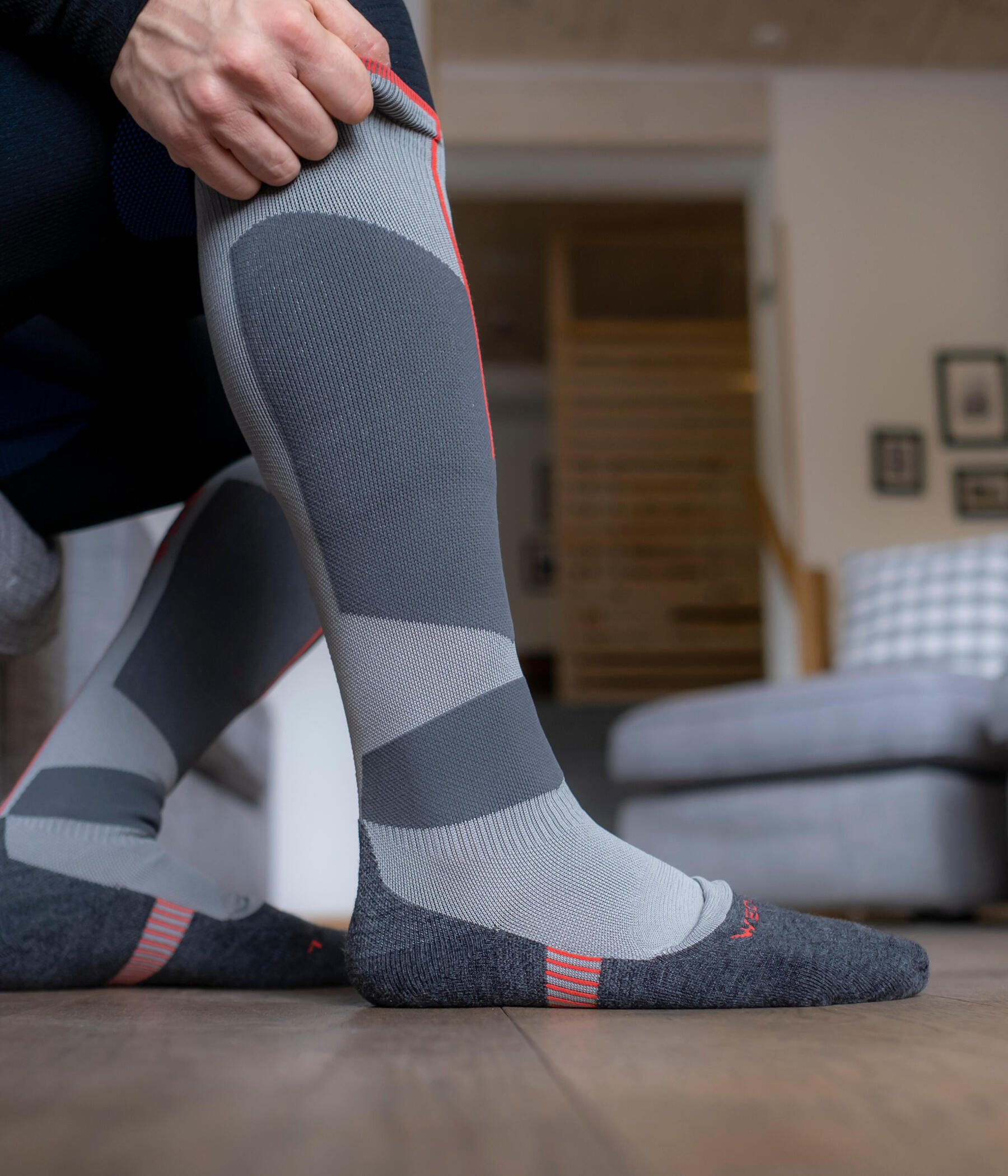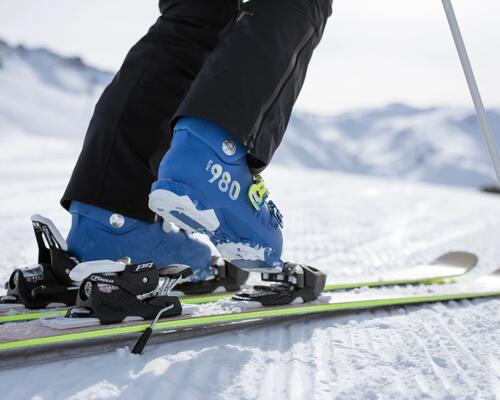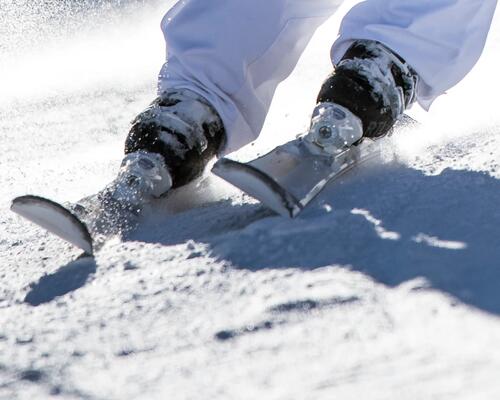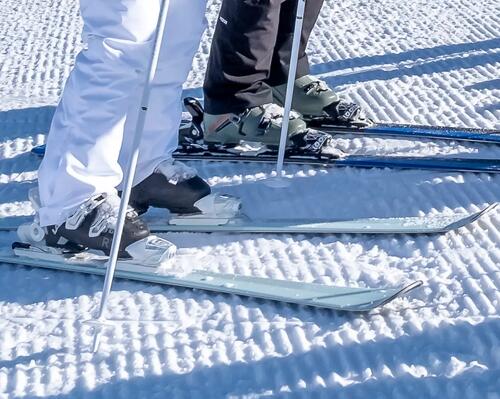Wedze's advice to feel good in your ski boots:
MAKE THE RIGHT CHOICE!
Even if you only ski once a year, your choice of ski boots is fundamental for your comfort and the pleasure you will have when you hit the slopes.
So think first of all about yourself and your needs. You must take into account all of the following points to be sure that you make the right choice:
- Your size
- Your level
- They type of skiing you want to do
- Your morphology: you may need a lot of volume, a wide cuff (large calf), an important width (wide foot) or on the contrary a boot for slim feet.
Above all, do not hesitate to try everything so that you can compare!








